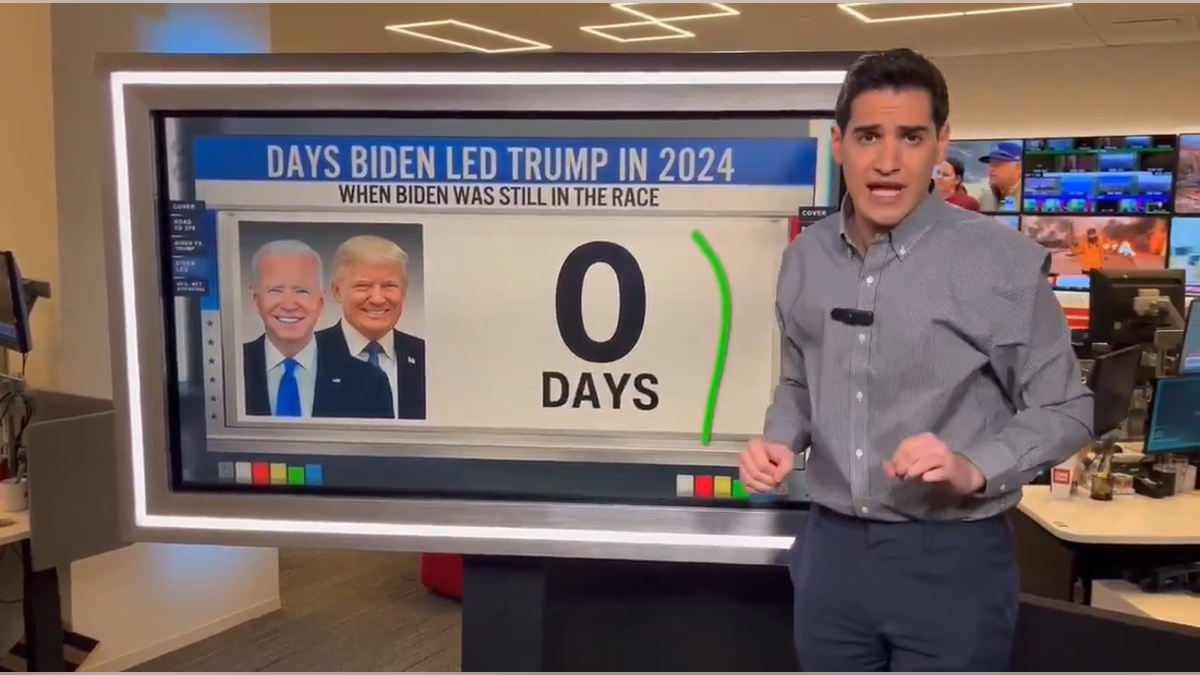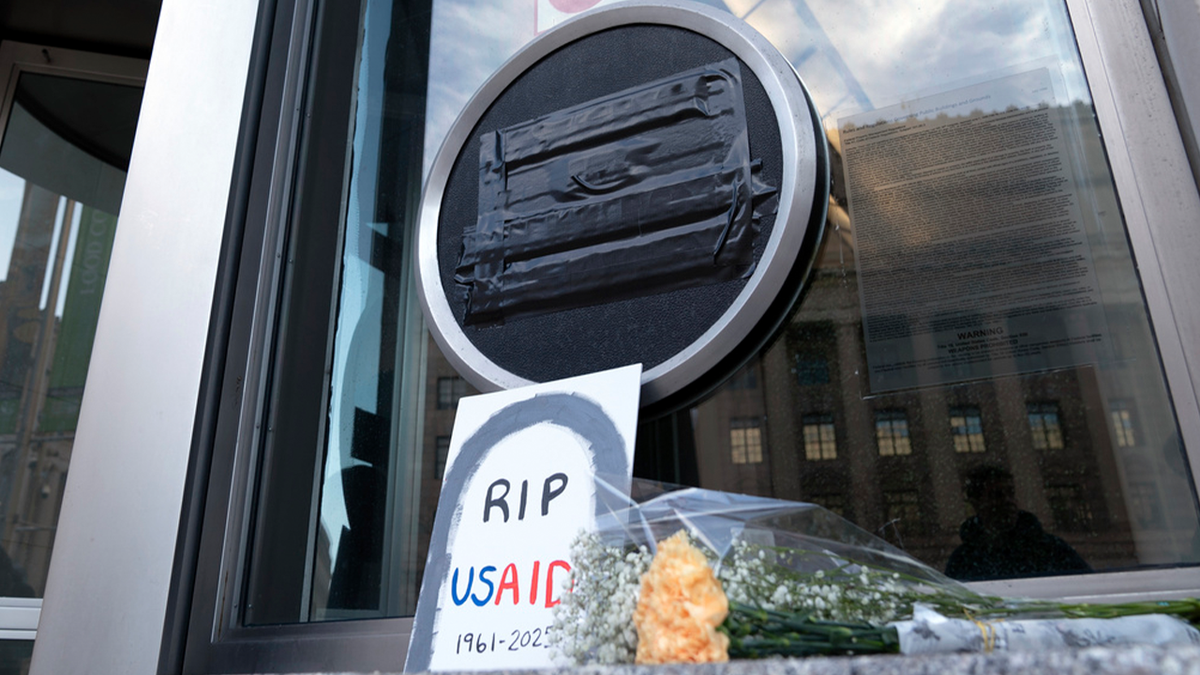In a late-night victory, Senate Republicans passed their preferred budget resolution, focusing on key priorities of President Trump, including border security. The 52-48 vote saw all Democrats and one Republican, Senator Rand Paul, opposing the measure.
The Senate's action followed an extended session with numerous amendment votes, primarily driven by Democrats. Two Republican amendments were ultimately incorporated.
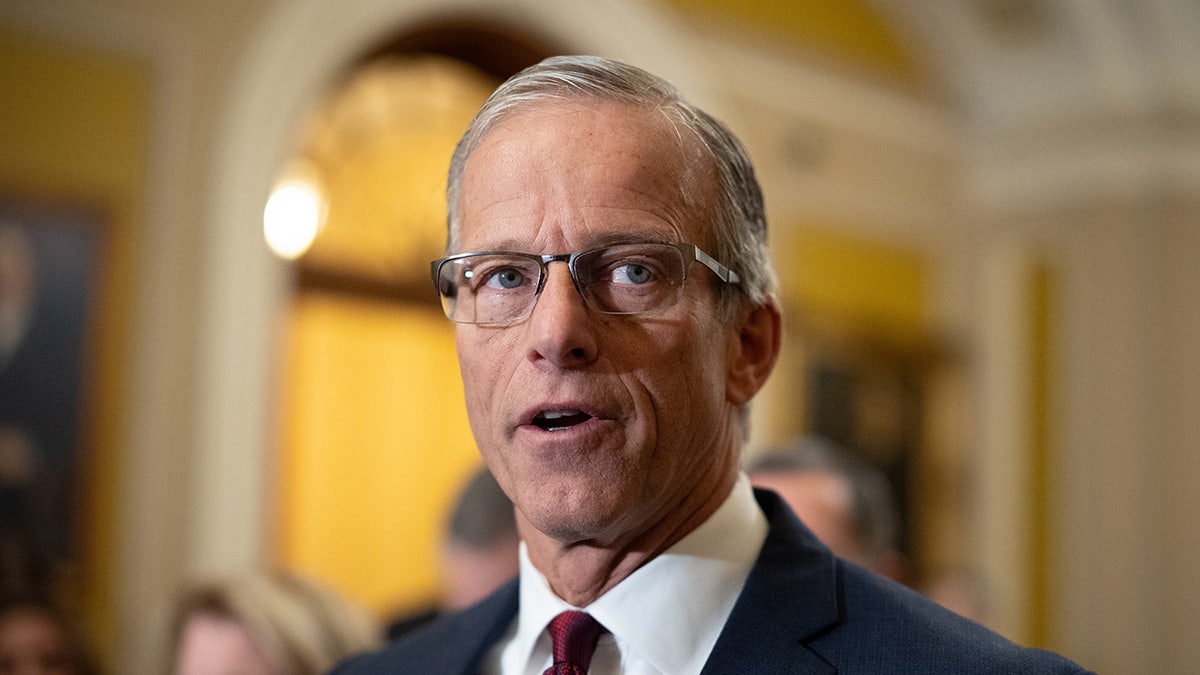
Senate Majority Leader John Thune emphasized the budget's alignment with the President's goals, highlighting border security, military reinforcement, and energy independence. This move comes despite the House Republicans initially being expected to lead on budget legislation. Furthermore, President Trump had previously expressed support for the House's single-bill approach.
Senate Budget Committee Chairman Lindsey Graham celebrated the Senate's passage, emphasizing the importance of border security funding. He expressed hope that the House would eventually pass a comprehensive bill aligning with Trump's priorities.
While the House had preferred a single, comprehensive bill, the Senate opted for a two-part approach. The first bill addresses border security, energy, and defense, while a later bill will focus on extending Trump's tax cuts set to expire in 2025. This two-bill strategy received support from Vice President JD Vance and acknowledgment from President Trump.
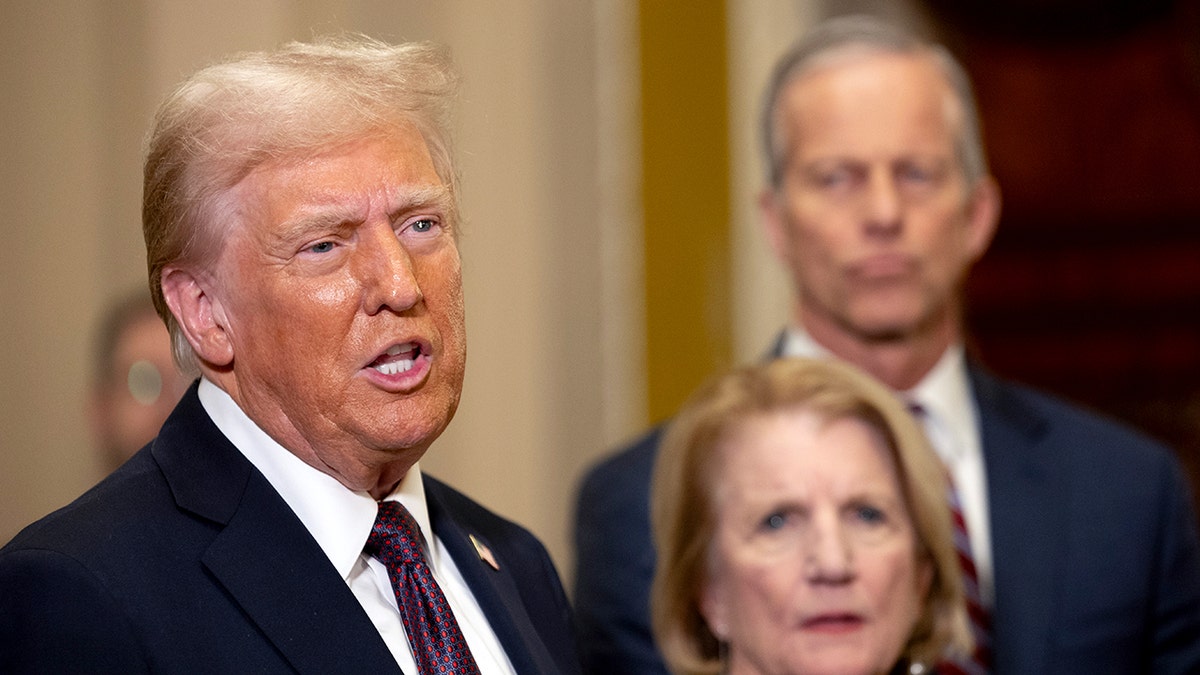
The Senate's procedural vote initiated a 50-hour debate period culminating in a "Vote-a-Rama," allowing senators to introduce numerous amendments. This process compelled Republicans to address potentially challenging votes raised by Democrats. Senate Minority Leader Chuck Schumer criticized the Republican plan, arguing it favored billionaires over families.
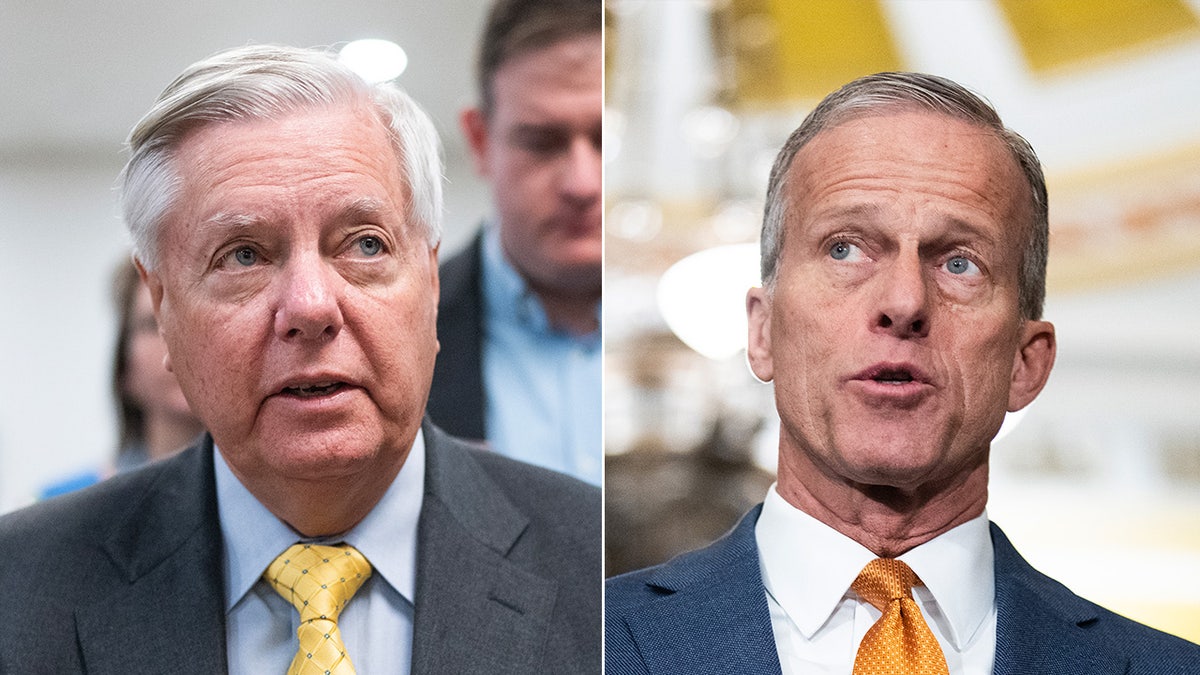
The reconciliation process, requiring only a 51-vote majority in the Senate, is critical for Republicans to advance their agenda. House Speaker Mike Johnson has indicated that the Senate's two-bill approach might not be well-received in the House, which prefers incorporating tax cuts within a single bill.
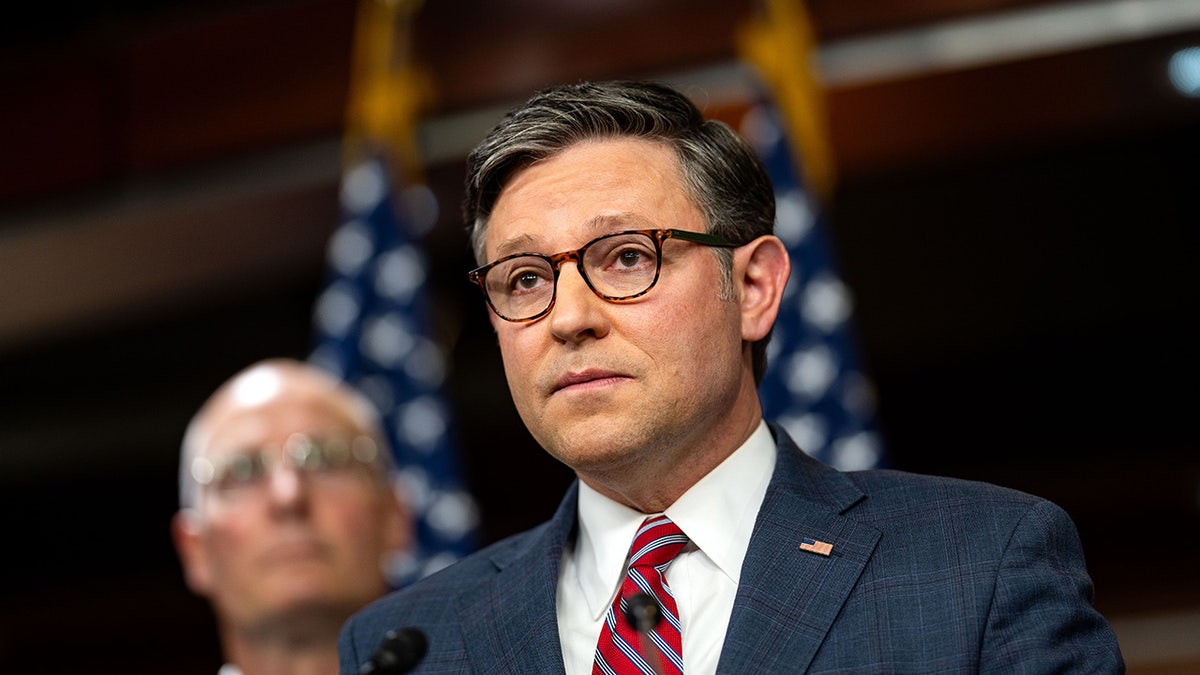
While the House has advanced its version through committee, a floor vote is still pending.


